In the ultra-competitive world of the self-employed creative, a solid online portfolio will increase your visibility and put your work where clients can see it.

Recent years have brought significant changes to the domestic and international job market. It’s estimated that over 57 million Americans engage in some form of freelancing work. While it’s exciting to see so many people venture closer to self-employment, it also means that competition is fiercer.
Whether you’re new to freelancing or still considering becoming self-employed, you need a reliable way to put your work in front of clients. In this article, you’ll learn how to create an online portfolio and showcase your skills with flair.
Let’s get into it, shall we?
Table of Contents
Why You Need an Online Portfolio
Now, I suspect you may not be particularly thrilled about this. After all, doing free work (even for yourself) is not the sexiest thing you can think of, right? But hear me out. If approached the right way, an online portfolio can become one of the most valuable business assets and sales tools at your disposal.
Here’s why:
An Online Portfolio Gives You the Right Kind of Publicity 24-7
Since so much freelancing work is done internationally these days, it’s important for freelancers to have a sales tool that’s independent of those pesky time zones.
Your clients should be able to learn a thing or two about your business and see what kind of work you deliver, whenever and wherever they feel so inclined.
It’s like a Personal Pitch You Give When Meeting New People
You tell strangers who you are, what you do and why it might be a good idea to hang out. Except it’s your work that does the talking.
It Paints a Bigger Picture of Your Business and Professional Qualifications
With some ingenuity on your part, you’ll have a chance to impress potential clients with your design, copywriting or aesthetics long before they even look at the actual projects.
It Allows You to Update and Share Your Work with Ease
That means fewer unwieldy folders full of expensive printed samples to lug around. Everything’s available online, right where it should be.
Six Essential Elements of an Online Portfolio
Before we dive deeper into all the wonderful places where you can display your work, let’s discuss a few key elements every solid portfolio should include. Repeating what I’ve said earlier, your online portfolio should, at the very least, communicate:
- Who you are
- What you do
- How to contact you
You don’t have to follow this list to the letter. Name your portfolio sections whatever you like, but make sure there’s no ambiguity so clients know where to find the information they’re looking for.
The following applies primarily to a portfolio you’d create on a custom business website, but the structure is also relevant for other places where you’re going to display your work.
1. Home Page
This is the first thing people will see when they arrive on your website. It’s also your shot at making a great first impression.
A typical home page should briefly introduce your line of business (two-three sentences), include your headshot, and break down the services you offer with a short and sweet description for each. In theory, that’s about it.
The reality, however, is that you can pull any kind of design/copywriting trick you have up your sleeve to introduce your business and grab attention. If your home page doesn’t feel and look interesting, there’s a good chance people will leave without exploring the rest of the website.
To get the most out of your home page, remember to make it worth the attention of search engines. That means using the right keywords for your copy and sticking to a logical, easy to navigate page structure.
If you need a helping hand in making your home page SEO-friendly, start with this comprehensive guide by Neil Patel.
2. Projects Page
The Projects page will be the focal point of your online portfolio. For that reason, you might want to put in some extra time to make this section shine.
Potential clients will want to see if your body of work appeals to their tastes and business goals before actually reaching out. If you feature a mixed bag of projects, they might get discouraged and strike you out.
Give your work samples an honest review and cherry-pick the strongest contenders from the lot. Instead of cluttering the page with mediocre pieces, include only the best work that really showcases your flair and tell the story behind it.
Remember that your portfolio is as strong as its weakest piece.
For instance, if you’re a graphic designer, showcase the projects that helped your clients achieve specific business goals, like a successful rebranding package that met with positive reception and an increase in customer engagement. If you have the numbers to back your claims, include them as well.
It’s a good idea to provide some background information and write a line or two about each project. This will give clients insight into your approach and work philosophy. Consider outlining:
- The goals and requirements of the project
- Any challenges and limitations you managed to overcome
- The turnaround time and rationale for your work
3. About Page
The About page is the place where you tell people who you are and what your background is. This is also where you can show a bit of personality and include some personal information such as your hobbies and interests, as long as they play well with the overall picture.
Don’t just draft your career timeline as if it was yet another trite resume. If you’re feeling adventurous, you can even wrap the contents of this section around a fun and refreshing narrative. Don’t be afraid to show some wit and humor, but keep it professional and maintain the standards expected in your field.
Clients will be more likely to engage in a conversation if they can put a face to the work in your portfolio. Consider including another headshot or a professional photo of yourself to build credibility and trust early on.
4. Contact Page
In addition to securing the right type of publicity, your online portfolio will also serve as a reliable channel of communication. It would be a shame if all that creative juice you squeezed out went down the drain because clients couldn’t reach you.
You want to give your clients a choice and offer several ways of reaching out. A solid Contact page should include a business location, professional e-mail address, phone number and a simple contact form. The more contact options you include, the better.
Reference all the other places where people can look up your business like social media, review sites or freelancing websites. The wider you cast your net, the higher your chances are of capturing valuable leads in the long run.
Finally, always test your communication channels for any hiccups. When I first launched my business page I wasn’t aware that my contact forms were not forwarding e-mails to my inbox. It wasn’t until I tried them myself that I realized messages were stuck in limbo. This is especially important when you self-host a website and use a custom domain to handle e-mail traffic.
5. Blog/Insights
This is an option on our list but a highly recommended one. Sharing valuable insights and observations that are relevant to your industry helps establish yourself as an expert in your niche. It basically tells potential clients that you know what you’re doing.
Keeping an updated and well-maintained blog is also going to help your SEO too. If you want your portfolio to rank high in search engines, it’s always a good idea to exercise some content marketing magic. Yes. That means a few additional hours hours of free work each week, just so you don’t lose the knack for it.
6. Pricing/FAQ
Pricing one’s work is one of the toughest nuts to crack, especially at the early stages of self-employment. It’s also one of those topics that never seem to get old around the web
(fire up a Google search to see what I mean).
Once your online portfolio gets some traction, a clear Pricing page will help you prescreen your clients and narrow down projects according to your financial preference. It doesn’t have to be as specific as $X for a logo design or $Y for a website article. Instead, use price brackets dependent on the type, scope and complexity of a given project.
If you’re still struggling with pricing your work, check out our Determine Your Rate & Earn Your Worth [Free eBook]. You’ll learn how to calculate rates, when to raise them and much more.
Best Places to Display Your Portfolio
Now that we’ve nailed down all the essentials of an online portfolio, let’s see where you can actually display your work so that it gets the attention it deserves.
The platform and medium you choose will largely depend on the nature of your work and the niche you’re in. Whatever your choice will be, consider going for several places to maximize your reach. Not only will it keep you from missing out on business opportunities but it will also positively impact your SEO.
A Business Website
It goes without saying that every (serious) business needs a website. You can think of it as a Swiss Army knife of online publicity. Not only does it give you some digital real estate to occupy, but it also doubles as a potent marketing tool and communication channel.
A professional website gives your business credibility in the eyes of customers. It communicates that you’re serious about what you do and don’t skimp on resources to look the part. On the vanity end of the freelancing spectrum, it will also make you feel proud that you really are a legit solopreneur.
Once upon a time, creating a functional web page required some know-how and was best left to professionals. These days you can set up a basic business site in a matter of minutes (you heard that right) and hardly break a sweat.
Here are some popular options to consider.
WordPress.org
WordPress.org (not to be confused with hosted WordPress.com) is one of the most popular content management systems (CMS) around. According to the official website, WordPress runs under the hood of over 34% websites worldwide, and there are many reasons why this is the case.
WordPress comes with the kind of flexibility no other platform will give you. With over 46,000 themes and templates available on ThemeForest alone, you can craft and cultivate the business/portfolio website you always dreamed of.
It’s true that using WordPress requires some intimate time with online guides and video tutorials. It’s also true that it’s not the easiest solution you can choose to build a business website, but if you’d like to give it a try, Themeisle has a condensed guide to get you started.
Pros
- A good-looking website can be set up relatively quickly, with minimum know-how required. If you get lost, there are many quality tutorials and an active community you can turn to for help
- There is no growth cap to the creative side of your portfolio. You can display your work in any format you want, including videos, image galleries, music playlists, animations and much more
- Apart from a basic hosting plan and a custom domain (both are dirt cheap), there are no significant startup costs involved. You may want to consider using a premium theme, but the good ones come for as little as $50 per year
Cons
- You’ll need to handle the technical side (hosting, domain, updates) yourself and be responsible for any maintenance your site will require down the road
- To tap into its full potential, you’ll eventually have to bite into HTML (Hyper Text Markup Language), CSS (Cascading Style Sheets) and more advanced SEO
- If building an independent, self-hosted website from the ground up gives you goosebumps, there are some more streamlined alternatives available
Wix
Wix is one of the more popular website-builders you can turn your attention to as an alternative to WordPress. Website-builders don’t require advanced technical skills to get started and let you build handsome pages in an intuitive drag-and-drop manner.
The Wix editor covers everything from customizable themes, SEO and marketing tools to contact forms and analytics. They have all the things you’ll need to set up shop, and a whole lot of things you probably won’t. But hey, you can’t have too much of a good thing, can you?
All in all, Wix is a solid option if you don’t want to get your hands dirty with technicalities. There are several pricing plans available, but since you’re going to need a professional domain name, anything below Combo ($17/month or $13/month for a yearly commitment) isn’t worth your attention.
Pros
- Requires zero technical knowledge to get started. The visual, drag-and-drop editor is intuitive and fun to use
- Offers an AI-powered component (Wix ADI) that can automatically create a basic website based on your preferences
- Handles all the technical aspects of running a website so you don’t have to worry about hosting, maintenance or security
- Comes in a number of reasonably priced tiers, including a free version you can sign up for before committing
Cons
- As with any other hosted platform, your portfolio website will be only as good as the infrastructure. Since you rely on Wix’s software and servers to create and maintain your site, much of the control is handed over to a third party.
- If you’re the ingenious type, a website-builder may cap your creativity a bit
- The number of features can feel a bit overwhelming at first and take some time to get used to
- There are over 500 templates up for grabs but some of them are a way off when it comes to quality and optimization
Squarespace
In terms of functionality, Squarespace comes pretty close to Wix and covers all the bases its competitor does. The main difference between the two platforms is that Squarespace is more restrictive and leaves you less room for rampant creativity.
As a tradeoff, Squarespace has its own merits and offers a more polished and refined feel compared to Wix. There are fewer templates to choose from (six portfolio layouts), but they are much better curated so you won’t have to deal with poorly optimized ones.
The pricing tiers range from $12 to $40 a month (paid annually), but I suggest that you start with the $18 business plan that comes with the added value of a custom e-mail address from Google.
Pros
- Offers a select number of curated templates that look and feel high-quality
- Comes with unlimited bandwidth that may come in handy if you decide to scale your business website and drive more traffic
- A professional Google e-mail address is included in the base price
- If you love Keanu like the Internet community does, Squarespace has him, too
Cons
- Websites are composed in a grid-like manner so you can’t distribute elements freely around the page
- The builder is geared towards designers, so you might find it lacking in flexibility if you’re in a different line of business
- SiteBuilderReport did a nice comparison of Wix and Squarespace that should help you decide which one will suit you better
Using Social Media as an Online Portfolio
Social media sites aren’t only good for sharing images of funny cats (is this still the thing?) and media consumption. Most social media platforms will let you create some kind of an online portfolio and share your work with other users.
In this article, I focus only on Facebook, LinkedIn and Instagram, but I encourage you to explore other options as well.
Pros
- Social media come with large, built-in audiences you can tap into to find your dream clients. You might want to leverage your connections on LinkedIn or Facebook and ask for recommendations. Chances are there are local businesses that may require your services
- It’s a great way to spread the word about your business. If your work gets noticed, people will be able to share it easily and help you cast a wider net
- You can directly communicate with potential clients and respond to inquiries using tools like Facebook or LinkedIn Messenger
- Social media portfolios work really well in tandem with a business website
Cons
- To fully benefit from social media, you first need to gather an audience or a following that aligns with your target customer persona
- A portfolio alone is not going to do much good if you don’t employ more active marketing efforts such as distributing lead magnets (freebies like e-books, webinars or case studies) and PPC (pay-per-click) advertising
- It does take some time before your portfolio will get enough traction and start generating the kind of attention you’re hoping for
According to Hootsuite’s Social Media Barometer, 89% of B2B companies maintain some form of Facebook presence. With 2.38 billion active users each month, it’s no wonder businesses want to leverage the platform’s popularity and put their work in front of that audience.
There are many creative ways you can use Facebook to promote your work. Some of them boil down to positioning your best work where your target audience hangs out.
For example, if you’re a web designer, you can share your work on Facebook groups for small business owners and see if anybody there needs design services.
Alternatively, you can set up your own Facebook page and build your portfolio around it. If you already own a Facebook account, log in, click on Create on the top navigation bar and select the Page option from the drop-down list.
After that, all you have to do is to fill in some basic details like the name, type and address of your business. Once your page is ready, use the Photos and Videos tabs to upload and segment your portfolio pieces. Use albums to break down your portfolio into projects and add custom covers to make it visually attractive.
And don’t forget to share the news about your portfolio page when you’re done!
LinkedIn is another social media platform where you can display your work in front of a substantial audience. According to official data, the LinkedIn community boasts an impressive 630 million members worldwide, with over 177 million in North America alone.
LinkedIn lets you upload a variety of media files that will complement your user profile. For instance, you can upload videos, images, PDF files or even PowerPoint presentations to showcase professional qualifications and career highlights.
Jump over here to LinkedIn for a full list of supported media file types.
If you’re a visual artist, there are few places that let you display work samples as naturally as Instagram does. The social network is perfect for photography, videos, animations, digital art or just about anything that appeals to aesthetic sensibilities.
One of the best things about Instagram is its simplicity. The minimalist user interface doesn’t distract users with superficial features, so your work will get the attention it deserves. The grid structure offers the same streamlined browsing experience physical photo albums do, but with a high-tech twist.
Business-wise, Instagram comes with advanced advertising and e-commerce capabilities so you’ll have plenty of headspace to expand your business in the future. The platform is also the king of mobile devices so you won’t have to worry about optimizing your samples for smartphones and tablets.
Dedicated Online Portfolio Platforms
Bēhance
Bēhance has been around since 2005 and operates on the border of a portfolio website and social network for creatives.
Adobe’s platform lets you browse profiles of other users to find inspiration or create your own portfolio using a built-in editor. Once you’ve uploaded a new project, people can comment and appreciate it (that’s what Bēhance calls the functionality), so your work gains more exposure.
Bēhance is geared primarily towards visual arts and welcomes designers, animators, video makers and photographers. However, given some creativity on your part, you may be able to successfully showcase other types of work as well. With a reported 10 million users, Bēhance is definitely worth considering, especially if you think you could use some feedback on your portfolio.
Contently
Mainly for writers, Contently takes a slightly different approach than your typical portfolio platform. In addition to letting you display your work, the site acts as a middleman between freelancers and businesses looking for writers.
When you set up a Contently account, you can decide whether you want to open your profile to freelance assignments. Depending on your samples and work experience, your profile can then get picked up and reviewed by the Contently team. If approved, you will get the option to pitch clients and start earning money from gigs.
Every time a specific project comes around, your pitch will be set against those of other writers whose profiles also match the client’s requirements. The more work you deliver, the more likely your account is to be recommended for similar assignments.
This is only a small sample of the portfolio platforms you can sign up for to showcase your work.
Have you optimized your portfolio for SEO? If you want clients to find your portfolio (which I’m guessing you do), make sure it’s optimized so search engines can pick it up.
5 Things to Keep in Mind for Your Online Portfolio
Before you rush to create your own online portfolio, here are some pointers you may find useful down the road. Feel free to apply them generously.
1. Show a Touch of Personality
Don’t be afraid to show some personality in copy and design. It’s OK to look up to more experienced colleagues for inspiration, but you don’t want your portfolio to look like everybody’s else. Make browsing your work a refreshing experience: include custom graphic elements, avoid using stock photos and ensure the design reflects your professional brand.
2. Optimize Your Portfolio for SEO
If you want clients to find your portfolio (which I’m guessing you do), make sure it’s optimized so search engines can pick it up.
Website-builders like Wix and Squarespace come with built-in tools that make it relatively easy, but you might need to spend some time with SEO tutorials if would you rather set up your portfolio with WordPress.
3. Make It Easy to Contact You
I cannot stress this one enough. Make sure your contact details are visible in several places across the portfolio.
For your business website this means including contact forms at the bottom of every single page, along with a call to action (CTA) to encourage people to reach out.
Put your phone number or e-mail address (or both) at the top of the home page so customers don’t need to look for them. You can also use tools like Calendly to schedule calls without ping-ponging e-mails.
4. Include Social Proof
Social proof is a major booster of credibility in business. G2’s report found that nine out of ten B2B buyers (your target) are more likely to buy a product after reading a positive review about it.
User-generated content really influences the decision-making process so don’t forget to include client testimonials in your portfolio.
Here’s a FreshBooks article on how to ask for testimonials with class.
5. Make It Clean and Easy to Navigate
A messy and cluttered portfolio is probably not going to bring you fame and fortune. Avoid complex layouts and overwhelming visuals like videos or animated elements.
They can make your portfolio cumbersome to navigate. Fonts and the color pallete should play well with copy and not hinder readability for the sake of bells and whistles.
Conclusion
As the competition in the freelancing world gets fiercer, you need a way to set yourself apart from other professionals in your niche.
A solid online portfolio will help you achieve that, and win the kind of publicity and exposure your work deserves.
Webinar: From Shoestring to Scaling: Improve Your Marketing Strategy on Any Budget
This post was updated in December 2022.

Written by Dawid Bednarski, Freelance Contributor
Posted on April 29, 2014
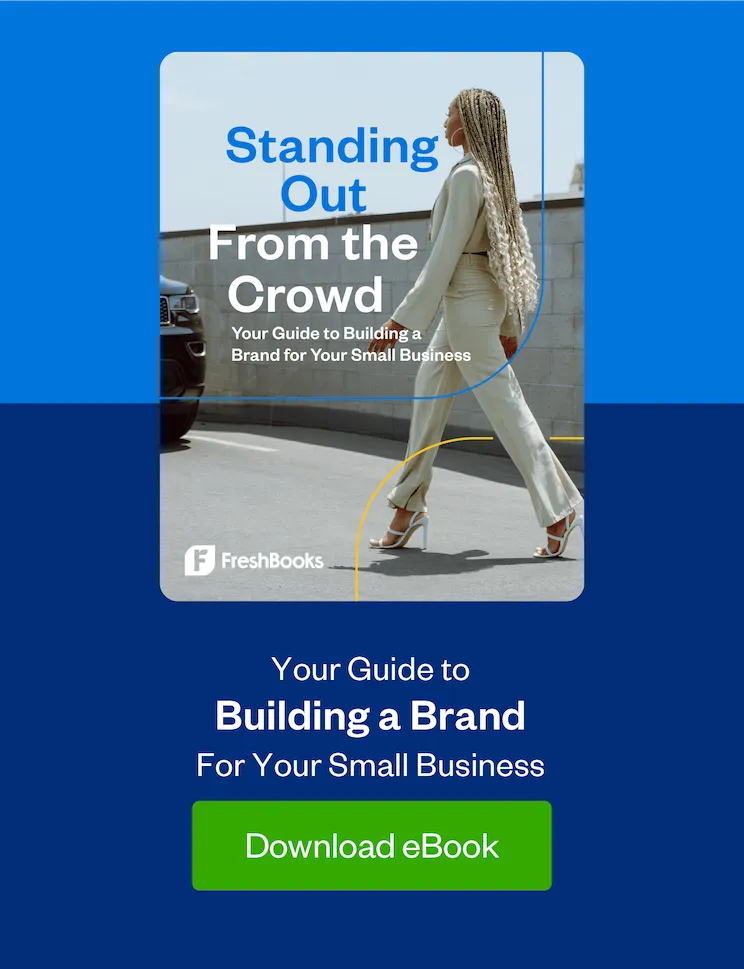
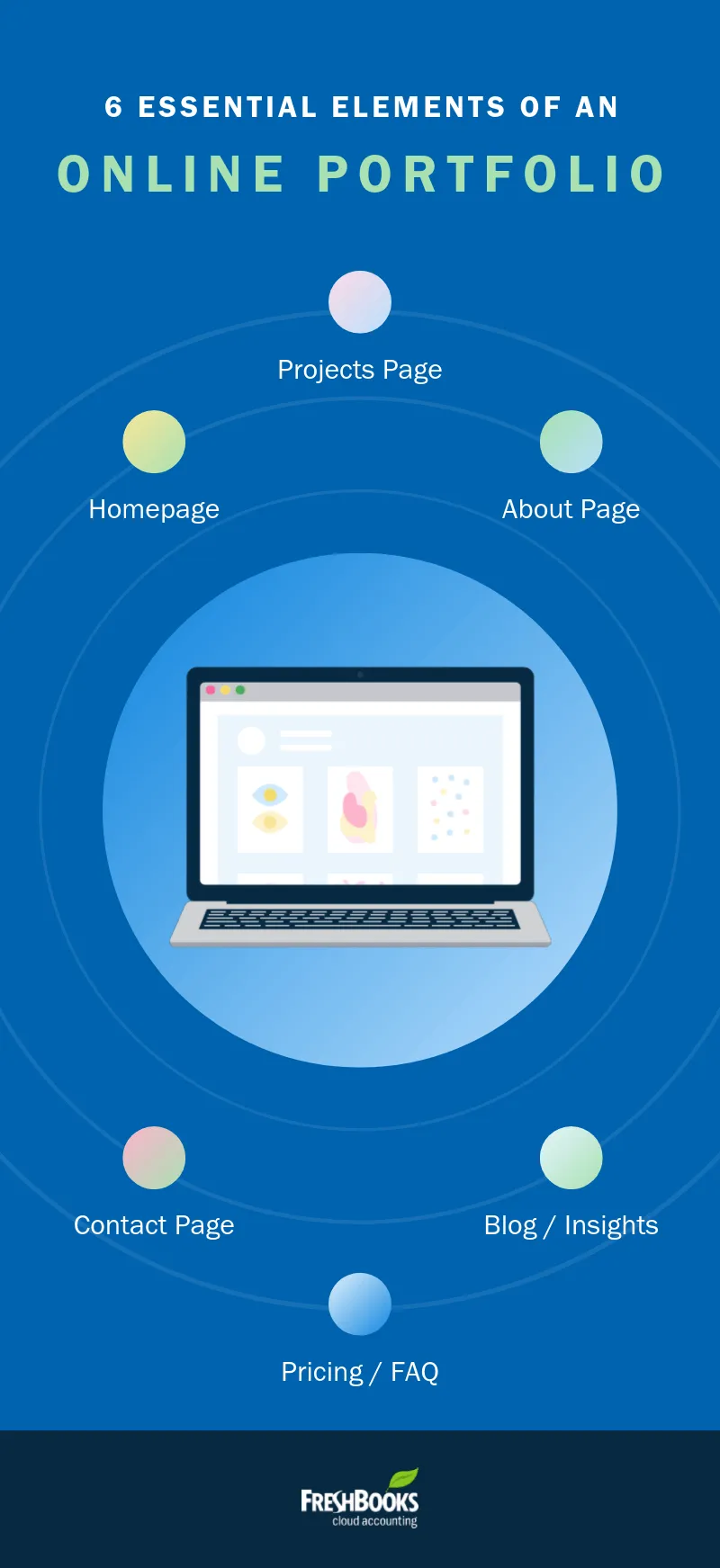
 Yea or Nay: How to Decide Whether a Project Is Worth Taking
Yea or Nay: How to Decide Whether a Project Is Worth Taking Starting a Business With Student Loan Debt: Is It Possible?
Starting a Business With Student Loan Debt: Is It Possible? Don’t Let Imposter Syndrome Stymy Your Success
Don’t Let Imposter Syndrome Stymy Your Success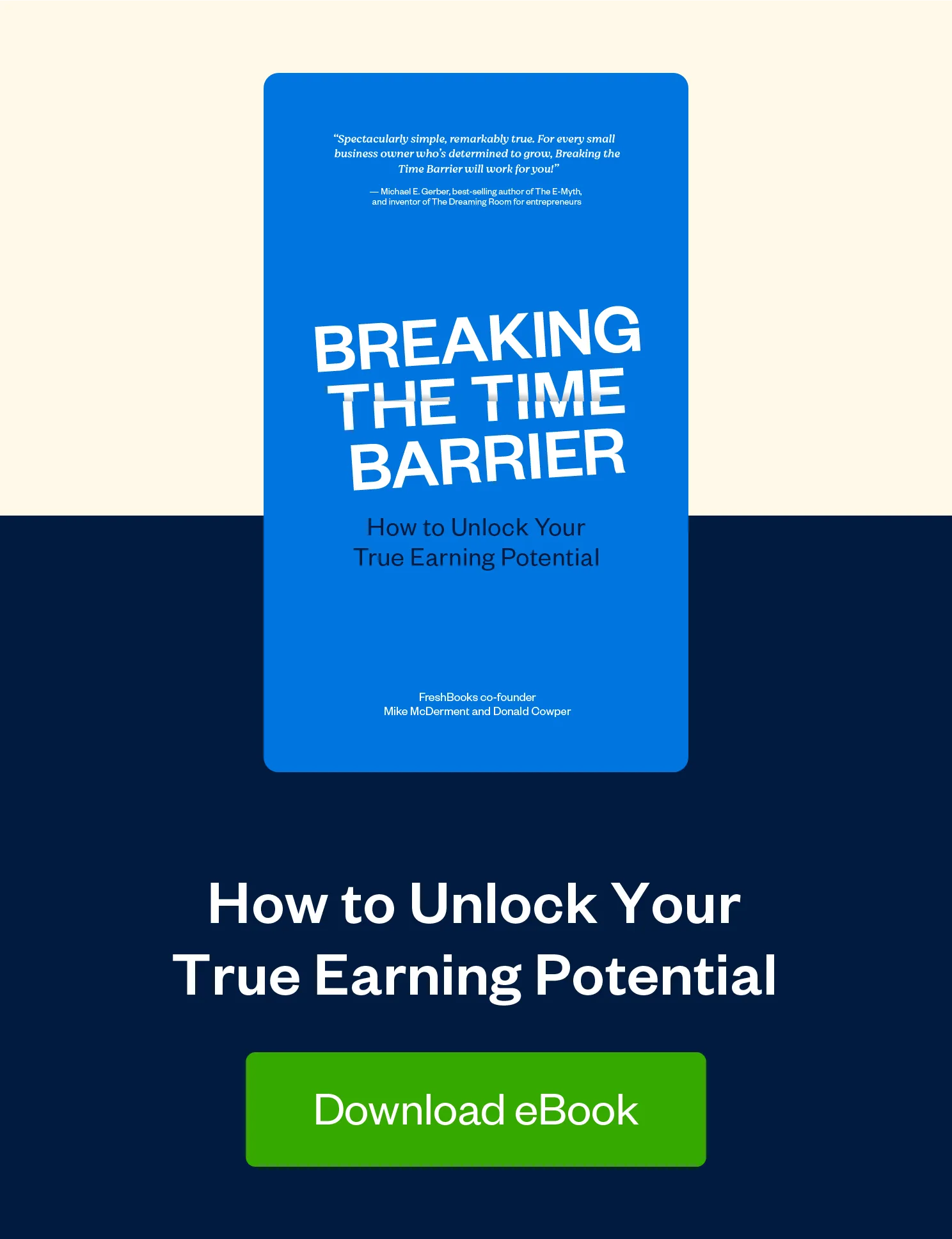
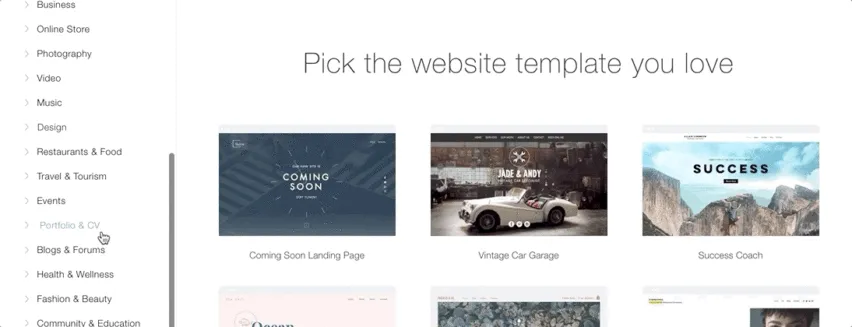
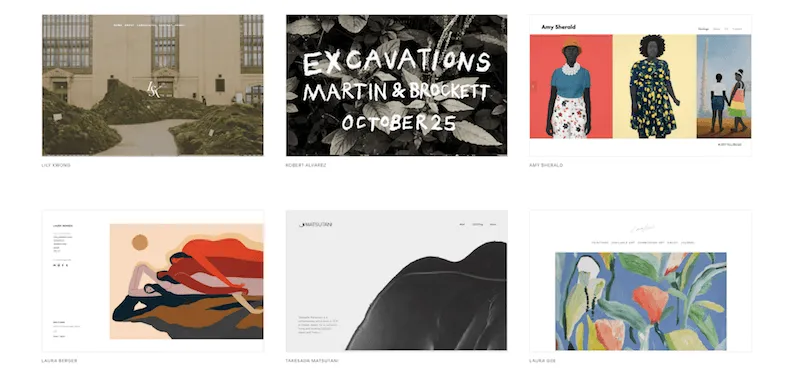
![Awkward Conversations: Guide for Small Business Owners [Free eBook]](https://www.freshbooks.com/blog/wp-content/uploads/2020/11/Blog_Post_Image-600x401.png) Awkward Conversations: Guide for Small Business Owners [Free eBook]
Awkward Conversations: Guide for Small Business Owners [Free eBook] Meet Mike, a Photographer Who’s Grown His Client List With the Help of FreshBooks
Meet Mike, a Photographer Who’s Grown His Client List With the Help of FreshBooks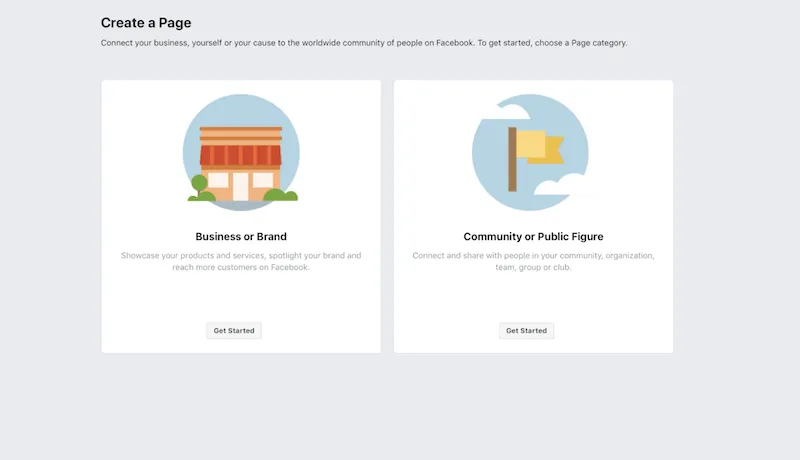


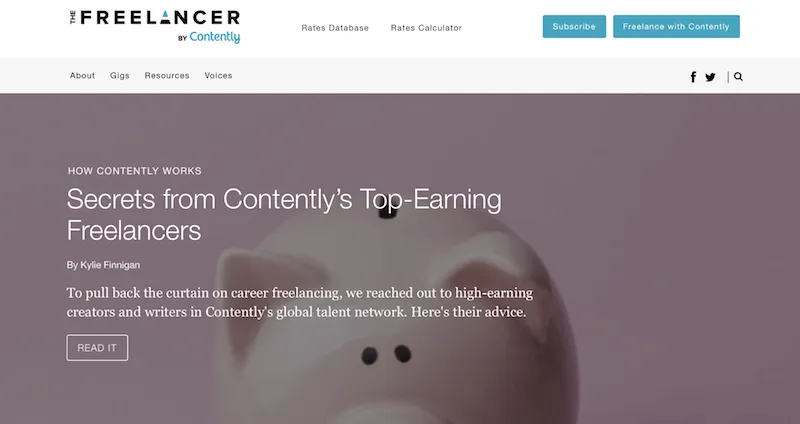
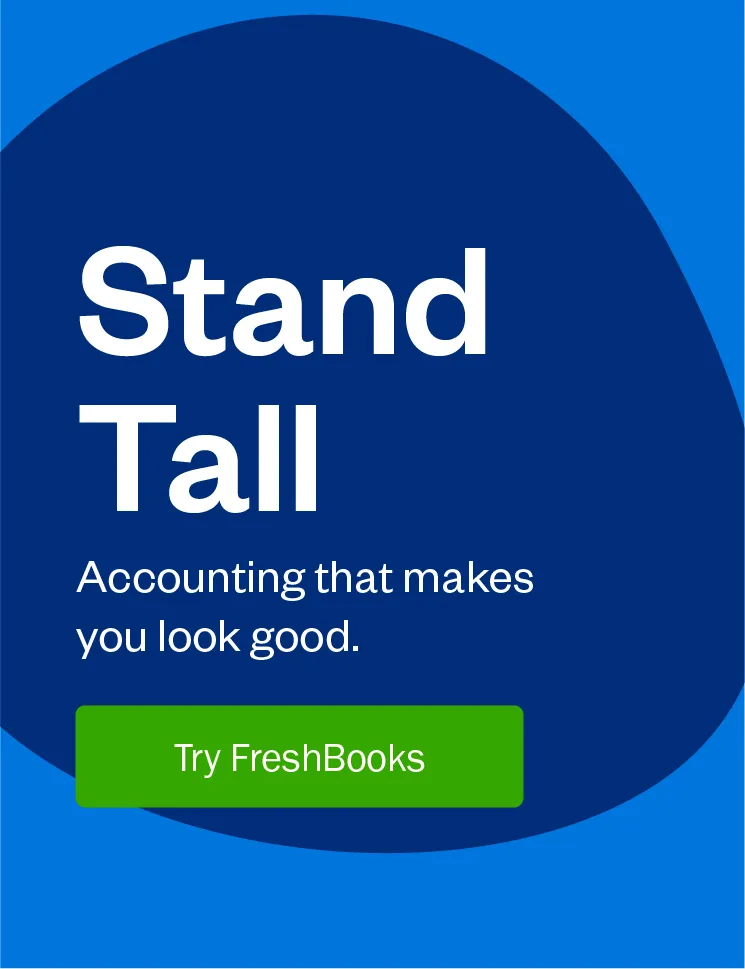



![12 Silly Invoicing Mistakes That a Cloud Accounting Solution Will Save You From Making [Infographic]](https://www.freshbooks.com/blog/wp-content/uploads/2017/11/invoicing-mistakes-1-226x150.jpg)

![Standing Out From the Crowd [Free eBook]](https://www.freshbooks.com/blog/wp-content/uploads/2022/05/Standing-Out-From-the-Crowd_eBook-Blog-Hero-Image-226x150.png)